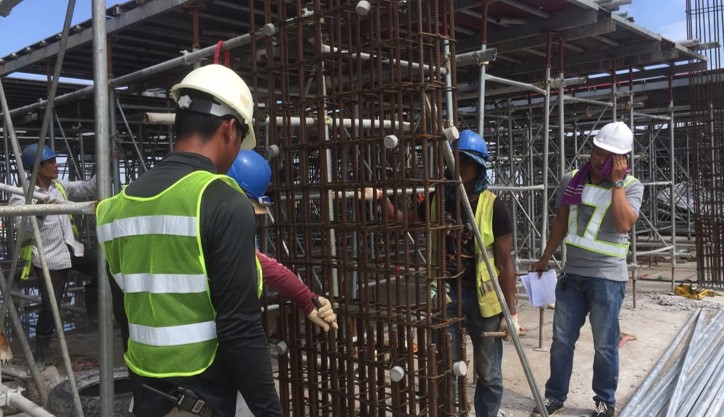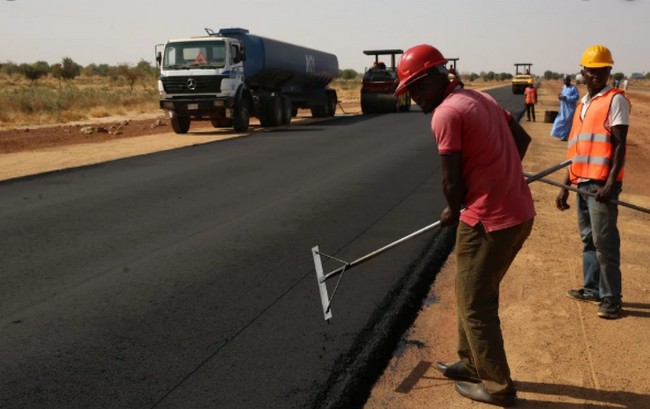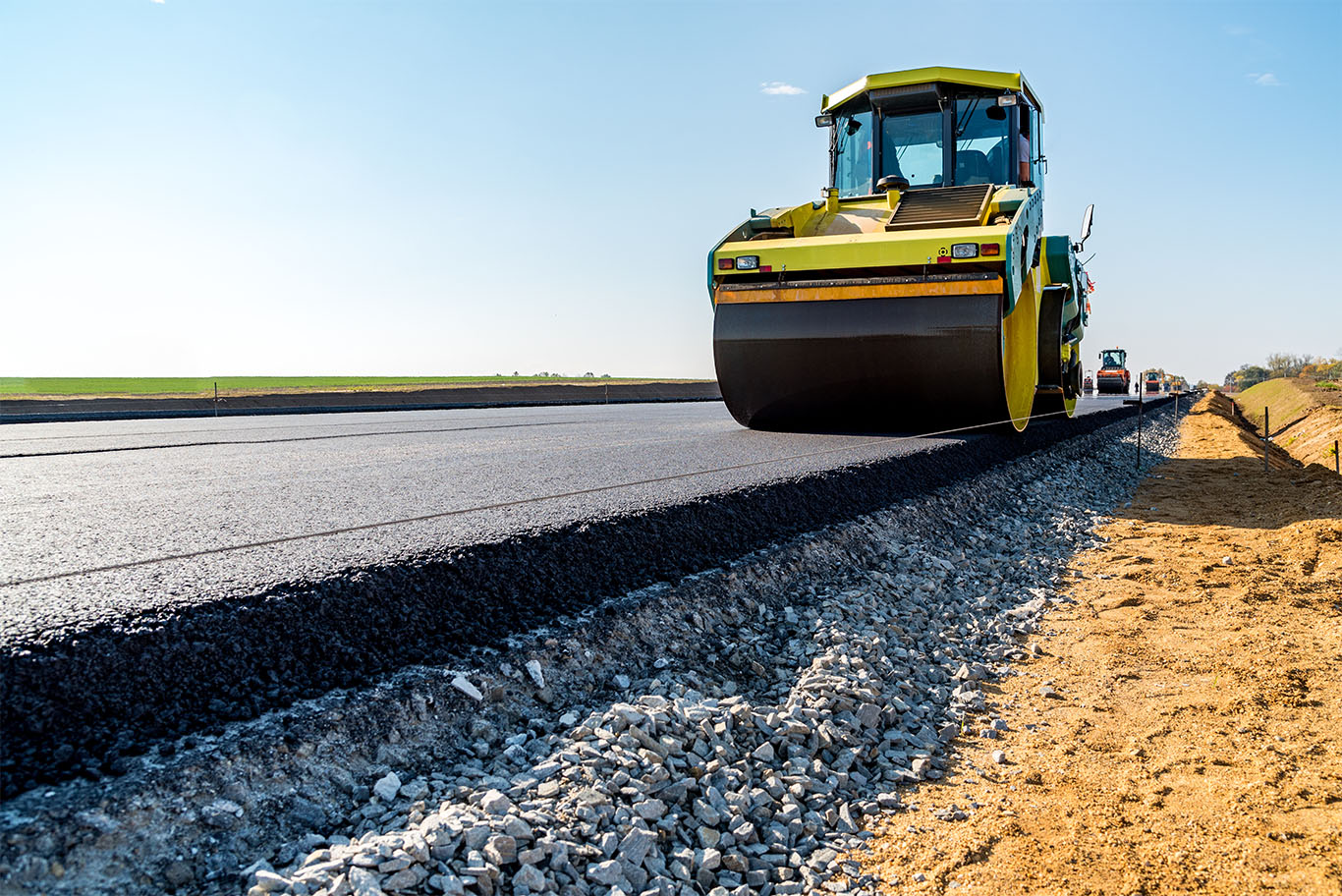

In this course, the candidates will learn about lot o topics including common road maintenance problems and causes, traffic control during maintenance, Pothole Repair in Asphalt Concrete Pavement, Crack Repair in Asphalt Pavement, Repair of Depressions, Rutting and Corrugations and other topics. This course conforms to the International Road Federation (IRF) standards.
By the end of this course delegates will be able to:
Construction Engineers, Senior Construction Engineers, Construction Supervisors, Construction General Supervisors, Construction Project Managers, Engineering Technologists, Supervision Engineer, Inspection Engineers, Civil Inspectors, Foremen.
Common Maintenance Problems and Causes
Common maintenance problems occurring on pavement surfaces, road bases and sub-bases, earth and gravel roads, shoulders, drainage facilities, bridges and roadside, the main causes of most road maintenance problems
Traffic Control during Maintenance
Protection of maintenance workers and equipment, basic principles for selection, placement, maintenance and removal of traffic control devices, typical applications of traffic controls for maintenance works, International Road Signs
Pothole Repair in Asphalt Concrete Pavement
Potholes repair, procedure using proper materials, tools and equipment, the proper shaping of the repair and the compaction of the mix
Pothole Repair in Surface Treatment Pavement
Correct procedures for use of granular material for filling the pothole, proper equipment and materials used for repair, placing the traffic control devices, marking the damage area, cutting out and removing all damaged material, compacting the granular material, sealing the surface with liquid asphalt and cover aggregate, cleaning the work site and removing the traffic control devices
Crack Repair in Asphalt Pavement
Repair procedures for linear and alligator cracks from three to twelve millimeters wide, proper hand tools and equipment designed to do the job, materials for filling and sealing the cracks
Repair of Depressions, Rutting and Corrugations
The basic repair method for depressions, rutting and corrugations, the proper procedures to perform this repair method with a motorgrade, special considerations for placing and compacting each layer in a deep depression, how to place and compact a thin overlay over the leveling course
Base and Sub-base Repair
Correct procedures for the repair of base and sub-base, placing the traffic control devices, marking the limits of repair and cutting the pavement, removing all unsuitable material, installing required sub-drainage, restoring the sub-grade, replacing the sub-base and base, replacing the pavement surface, cleaning the work site and removing the traffic control devices
Single and Multiple Surface Treatments
Good construction practices, preparation of the surface to be treated, testing of the asphalt distributor, and checking the weather, materials required for surface treatments, proper procedures for applying the asphalt, spreading the aggregate and compacting the aggregate, construction of smooth transverse and longitudinal joints
Slurry Seal
Useful and cost-effective method of maintaining paved surfaces, resources needed to perform a slurry seal job including materials, equipment and manpower slurry seal operation steps: storage and loading of materials, traffic control, surface preparation, slurry application, curing, rolling and clean-up
Patching Unpaved Roads
Maintenance for repairing surface defects such as potholes, ruts, gullies and soft spots on unpaved roads, maintenance practices for preparing the hole, filling it with granular material and compacting the material are shown in detail
Smoothing and Reshaping of Earth and Gravel Roads
Smoothing, and reshaping: equipment requirement, overview of work steps, work step summary, considerations for planning and preparing for the work are treated, procedures for checking the road cross slope at straight and curved road sections
Regraveling
Necessary repairs of the road and drainage system before regraveling, equipment, materials, and procedures for regraveling: traffic control, reshaping and compacting the sub-grade, hauling and placing the granular material, and compacting the granular material. Methods for checking the road cross slope and quick testing of the material’s moisture content
Reshaping Earth and Gravel Shoulders
the proper procedures for reshaping earth and gravel shoulders (without adding material) to correct shoulder drop-off, rutting, buildup of material and excessive weed growth and to maintain a safe shoulder with proper cross slope. A nine-step maintenance procedure is clearly presented step-by-step and the equipment and hand tools required are also discussed.
Replenishing Earth and Gravel Shoulders
Nine maintenance work steps to restore the unpaved shoulder by adding new material are shown in the Module. Proper procedures are fully presented for preparing the existing shoulder surface before adding additional material, placing and spreading additional material, and compacting the material. Equipment and material required to do the job best are discussed, as well as proper use of equipment.
Mechanical Cleaning of Unlined Ditches
Mechanical cleaning procedures with a motorgrader and with an excavator are presented. The tape reviews ditch structure and function, and selection of the appropriate type of equipment to be used depending on ditch design and condition. Proper work step details include planning the job, traffic control, cleaning the ditch, cleaning adjacent culvert inlets and outlets and outfall ditches, disposing of unwanted material, cleaning up the job site, inspecting the finished job.
Cleaning of Lined Ditches, Culverts and Catch Basins
Proper procedures for manual cleaning of lined ditches, culverts and catch basins are demonstrated, procedure includes traffic control, assigning the work, removing and disposing of all debris and obstructions, inspecting for damage, making minor repairs, cleaning up the work site
Cleaning and Clearing of Bridges
Procedures for cleaning bridge decks, drainholes, downspouts, expansion joints, all signs and reflectors, removing unauthorized writing or painting, cleaning bearing assemblies, pier caps and abutments, and removing debris and waterway obstructions
Concrete Bridge Deck Repair
Procedures for permanent repair of partial and full depth bridge deck holes with cement concrete, proper procedures and proper use of equipment and tools for cutting the concrete, cleaning out the hole and the reinforcing steel, building the form, preparing the concrete, and placing and finishing the concrete
CDGA attendance certificate will be issued to all attendees completing minimum of 80% of the total course duration
| Code | Date | Venue | Fees | Register |
|---|---|---|---|---|
| CE144-01 | 09-02-2026 | Istanbul | USD 5950 | |
| CE144-02 | 14-06-2026 | Dubai | USD 5450 | |
| CE144-03 | 07-09-2026 | Kuala-Lumpur | USD 5950 | |
| CE144-04 | 08-11-2026 | Amman | USD 5450 |

Concrete is widely used in domestic, commercial, recreational, rural and educational construction. Communities around the world rely on concrete as a safe, strong and simple building material. It is u ...

Construction inspectors review the construction of drainage systems, homes, buildings and highways to ensure that all building, health and safety codes are followed. This program is for use in trainin ...

As a country develops and treads in the globalization era, it demands the use of more sophisticated technology to assist in its development process, particularly in the area of engineering. This cours ...

An innovative highway industry provides a major market for the use of 'waste’ resources, at the same time minimizing the need for 'natural’ resources. Selected waste streams and industrial by-products ...
Providing services with a high quality that are satisfying the requirements
Appling the specifications and legalizations to ensure the quality of service.
Best utilization of resources for continually improving the business activities.
CDGA keen to selects highly technical instructors based on professional field experience
Since CDGA was established, it considered a training partner for world class oil & gas institution
3012, Block 3, 30 Euro Business Park, Little Island, Co. Cork, T45 V220, Ireland
Mon to Fri 09:00 AM to 06:00 PM
Contact Us anytime!
Request Info